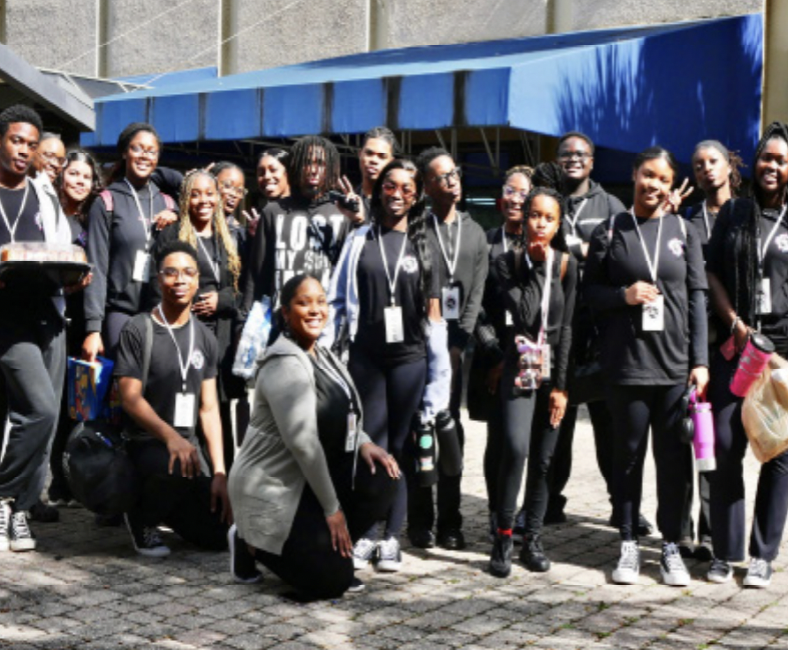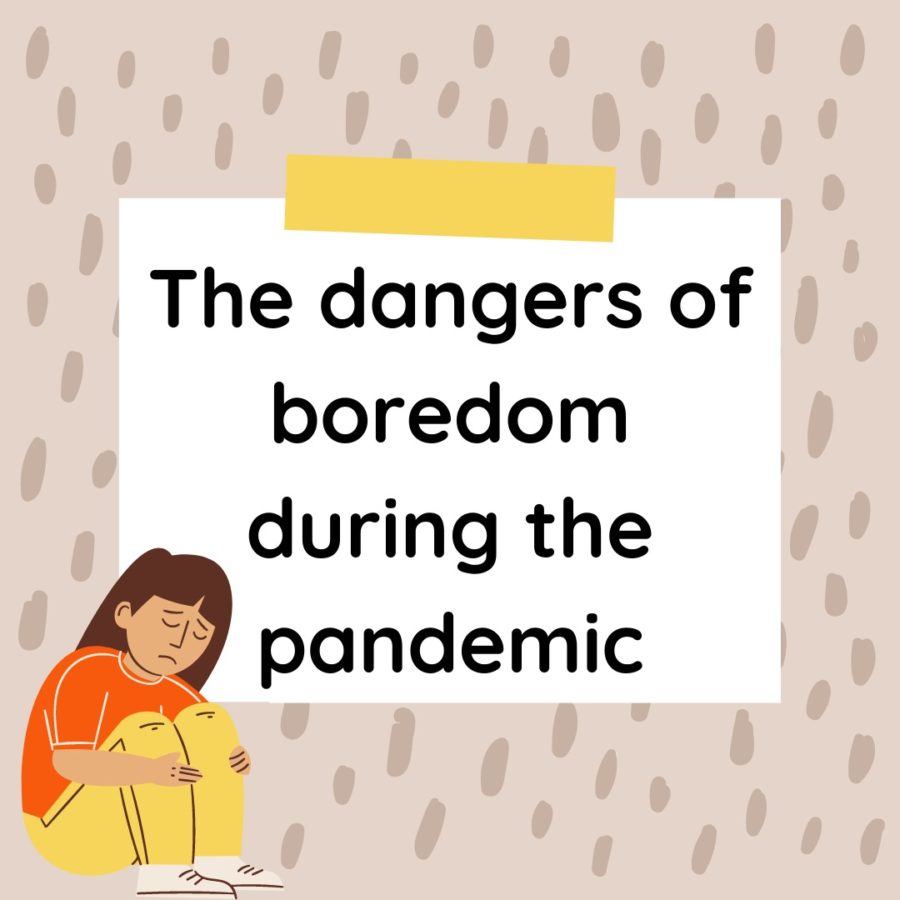The dangers of boredom during the pandemic
Back in 2019, when COVID-19 broke out, the immediate response was to isolate everyone and limit almost all human interaction, effectively stopping the spread. However, over a year and several new guidelines later, a public health threat resulting from quarantine has arisen: boredom.
On March 13, 2020, thousands of students across Florida heard that they were getting an additional week off from Spring Break and classes would resume as usual on March 30, 2020. It is now May 2021, and schools have still not completely reopened. Throughout this past year, millions have suffered the consequences of this virus, new guidelines have been instituted and quarantine has become a part of our everyday life.
Health experts have described the feeling of “pandemic fatigue” resulting from people’s experiences since COVID-19 first started. This fatigue brings about feelings of frustration, hopelessness and weariness. Although these emotions can be harmless, boredom can result in a serious public health threat in terms of a pandemic. As we get more excited to go about our normal lives again, our obedience to COVID-19 rules and guidelines evidently decreases.
“Boredom usually tells you that you should do something else,” said psychologist Wanja Wolff of the University of Konstanz in Germany. “In the context of a pandemic… that might not be the best thing.”
Wolff conducted an experiment in early 2020, which found that individuals who often find themselves bored are more likely to disregard social distancing and COVID-19 guidelines. These people are also more likely to contract COVID-19 and put other people at risk simultaneously.
“In regard to the COVID-19 pandemic… the structural properties of the necessary containment measures are likely to induce boredom and pose self-control demands,” said psychologist Corinna S. Martarelli at the Swiss Distance University Institute. “These challenges are likely to become stronger, the longer the containment measures last.”
Another study by a team of Americans and Canadians, published in late 2020, was conducted to quantify the relationship between an individual’s proneness to boredom and self-control in following COVID-19 guidelines. After collecting data from 924 North Americans, 530 men and 394 women, the researchers found a negative correlation between boredom proneness and self-control. Similar to the results found from Wolff’s experiment, the more boredom-prone an individual is, the more likely they’ll break COVID-19 regulations, such as meeting in groups bigger than 10 people which is not recommended by the CDC.
“These results indicate that boredom proneness is a critical factor to consider when encouraging adherence to social isolation,” said researcher James Boylan at the Department of Psychology in Ontario, Canada.
As lockdown began in early 2020, uneasiness was expected to play a role in cases and how the virus would continue to affect us. Epidemiological models, which show the distribution and control of diseases, were released, predicting how COVID-19 would play out. Researchers assumed that people would follow guidelines when COVID-19 cases began to rise in an area. The increase in cases would cause an increase in deaths but would soon plummet as people were following guidelines. The cycle would repeat itself as people adhered to guidelines for some time when cases went up, and as soon as cases dropped, guidelines would be broken, expecting that the threat had passed. Instead, the threat was just delayed as cases would level out and not drop enough to balance out the increase. This eventually caused prolonged lockdown and quarantine, increasing individuals’ agitation and decreasing adherence to rules over time.
“While quarantine has affected the majority of students, and people in general, in an emotional and social aspect, reopening is still risky,” sophomore Matthew Morales said. “While it can help everyone return to some sort of normalcy, reopening should be done at a slow rate, making sure cases don’t spike, and ensuring the safety of students, faculty and parents.”
As quarantine has kept people inside for several weeks or even months at a time, we have had to get creative to pass time. Tik Tok, a popular short-video sharing app, has over 1 billion users internationally, and over 800 million new users were added throughout 2020. Tik Tok trends including cooking sophisticated foods at home and DIY interior designs has managed to keep people at home and entertained while enduring quarantine. Streaming apps like Netflix and Hulu have also added several millions of users since quarantine first began and introduced new series like “Queen’s Gambit,” which quickly gained popularity, effectively keeping people safe, entertained and most importantly, at home.
The past year has been rough, as millions of peoples’ jobs were lost, the unemployment rate rose and millions passed away from COVID-19. Quarantine has also taken a toll as we have all had to adapt to the changing circumstances. Restlessness, being one of the results of quarantine, as seen in several studies, is beginning to gain traction as a major factor in how COVID-19 will continue to affect everyone around the world.





























